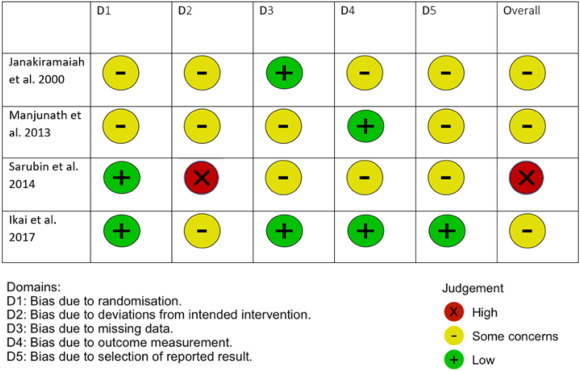
She had recently eliminated gluten and dairy from her diet to tackle ongoing bloating and fatigue. To align with her circadian rhythm, she opted to skip breakfast and was diligent about steering clear of sugar and processed foods. Despite feeling proud of her self-discipline and receiving favorable lab results, her meals gradually became more stressful than restorative. Eating out triggered her anxiety, and even minor deviations from her regimen caused her distress. No one inquired if she harbored fears about food.
As an internal medicine physician and Certified Eating Disorder Specialist, I frequently encounter this narrative. Patients often arrive having done “everything correctly,” removing inflammatory foods and adhering to wellness protocols. Yet, they fail to improve. They are fatigued, rigid, and increasingly fearful of eating. We typically associate eating disorders with underweight adolescents displaying dramatic symptoms, yet disordered eating is more complex and widespread, particularly among adults striving for “optimal health.”
**The evolving nature of disordered eating**
Orthorexia nervosa, a concept introduced in 1997, characterizes an unhealthy fixation on “healthy” or “clean” eating, causing psychological and physical impairment. Although it is not an official DSM diagnosis, its patterns are prevalent. Patients engage in food restrictions in pursuit of purity, control, or alleviation of symptoms until their diets become so narrow that their well-being declines. These individuals may not fit the criteria for anorexia or bulimia while maintaining a “normal” weight. Motivated by health-driven intentions, they often end up undernourished, socially isolated, anxious, and distressed. Frequently unrecognized as disordered eating, they appear highly functional and receive accolades for their discipline from social media and wellness influencers, perpetuating a harmful cycle.
**The medical community’s oversight and silence**
In traditional medical environments, disordered eating can easily go unnoticed. Screening is not standard practice, particularly for adults. Even when presented with symptoms like amenorrhea, osteopenia, or gastrointestinal issues, we tend to avoid discussing eating habits unless there’s visible weight loss or established psychiatric history. Dietary modifications for conditions like diabetes or PCOS often rely on patient interpretation and application, which can lead to rigid plans that trigger disordered behaviors, especially for those inclined toward anxiety or perfectionism.
**The convergence of lifestyle medicine, weight stigma, and disordered eating**
Medicine is increasingly embracing lifestyle-centered care, addressing the issue of overmedication. However, this transition also introduces an unexamined preoccupation with weight loss, “clean eating,” and metabolic optimization. The “obesity epidemic” fosters the erroneous connection between thinness and health, as well as between restriction and virtue, disregarding the restrictive behaviors that exist among “healthy” patients. Weight loss may be lauded without understanding the underlying motives, inadvertently reinforcing disordered eating.
**Screening is straightforward and essential**
You don’t need to be an expert in eating disorders to make a significant impact. Here are important questions to consider in any outpatient context:
– Have you observed an increase in anxiety regarding food or eating in public?
– Do you exclude certain food groups entirely?
– Are you fearful of the effects specific foods may have on your body?
– Have you intentionally lost weight but find it challenging to relinquish control?
The SCOFF questionnaire is a simple five-item screening tool boasting high sensitivity, paving the way for meaningful conversations. If concerns arise, consider referring patients to a dietitian, therapist, or medical provider experienced in eating disorders. Providing nutritional flexibility and acknowledging patients’ experiences can mitigate harm, even without immediate referrals.
**What often goes unnoticed and its consequences**
Disordered eating is associated with heightened cardiovascular risk, bone deterioration, infertility, and serious psychiatric comorbidities. Yet, it is often minimized or romanticized under the umbrella of wellness. The hidden costs of glorified behaviors are frequently unrecognized. Patients with disordered eating are intelligent, articulate, and eager to improve, but control does not equate to health, and perfection does not guarantee healing. Addressing symptoms without tackling the underlying issues risks patients’ stagnation or deterioration.
**An appeal for clinical curiosity**
Clinicians should refrain from imposing dietary trends and instead focus on treating the individual as a whole. This involves not only inquiring about what someone eats but also how and why they do so. It requires being aware when a health plan transforms into a coping mechanism. Wellness lacking flexibility often conceals deeper suffering. Eating disorders are not uncommon; they simply go unrecognized in overlooked areas. It is time to begin observing more closely.
Sally Daganzo is an internal medicine physician.